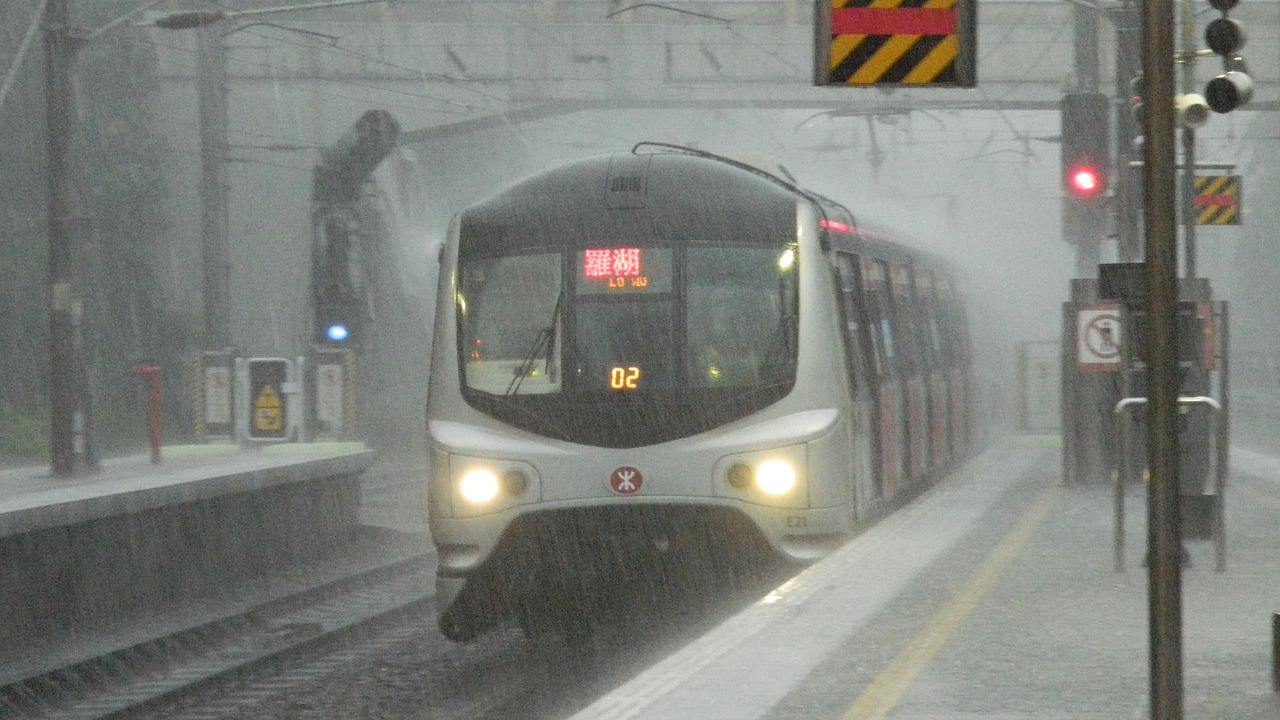M
odern railway travel is truly a wonder of human innovation. Advances in technology and automation help to lower the possibility of human error while at the same time boosting efficiency and improving user experience.
With increased complexity comes also a higher need for safety. Thus, railway infrastructure must use only the best technology. Intelligent railway design includes the use of switches and sensors to meet strict safety requirements and provide top-notch performance in real-time, even under the harshest conditions.
What is a Snap Action Switch?
Snap-action switches are an important part of our new smart railways.
A snap-action switch, or microswitch, is a switch device that opens and/or closes an electrical circuit very quickly and using very little force. Snap-action refers to the swift movement of the spring from one position to another, triggered by an actuator such as a lever, pushbutton (aka plunger), or roller.
Where Are Snap Action Switches Used?
Believe it or not, the first snap action switch was developed nearly 80 years ago to keep chickens warm! By that time, snap-action technology was designed to control temperature inside chicken brooders and optimize egg production. Now, we used it in all kinds of applications.
We can find snap-action technology in home and commercial heating systems, pumping systems, vending machines, and virtually any industry requiring precision measurement. Thanks to their high accuracy and repeatability, snap-action switches are essential to the aerospace, defense, energy, nuclear and transportation industries.
Snap Action Switches For Railway Safety
Snap-action switches ensure security for rail infrastructures through a wide offering of applications. Snap-action technology is critical role to temperature sensing, pressure sensing, and position sensing. Thus, it’s used in important on-board, in-body and railway infrastructure applications.
For example, pressure sensing is essential to optimal track design and performance. Pressure sensing detects the presence of other trains, foreign objects, or even animals on the track. Position measurement alerts systems to the open and closed position of doors, which triggers emergency doors and automatic door systems on public rail transportation.
Other smart railway applications for micro switches include breaking and acceleration handles, windscreen wiper mechanisms, auxiliary contacts for on-board circuit breakers, operating pedals in passenger toilets and door locking systems. When you think of it this way, it seems railways could not operate without the help of snap-action technology!
Design Considerations and Benefits
There are a variety of considerations when choosing a snap-action switch. The most important are size, electrical requirements, environmental concerns, reliability and agency or safety requirements. Luckily, there are snap-action switches designed or customized to meet every specific need for every consideration.
Today’s micro switches are suitable for a wide range of operating temperatures, DC ratings, actuator types, contact materials and fixing means. And of course, every switch complies with railway standards for harsh conditions such as explosive atmospheres, or else, the presence of fire, smoke, water, shock and heavy vibration.
Snap-action technology has been proven over time and, thanks to its simple yet rugged design, switches can last a very long time.



